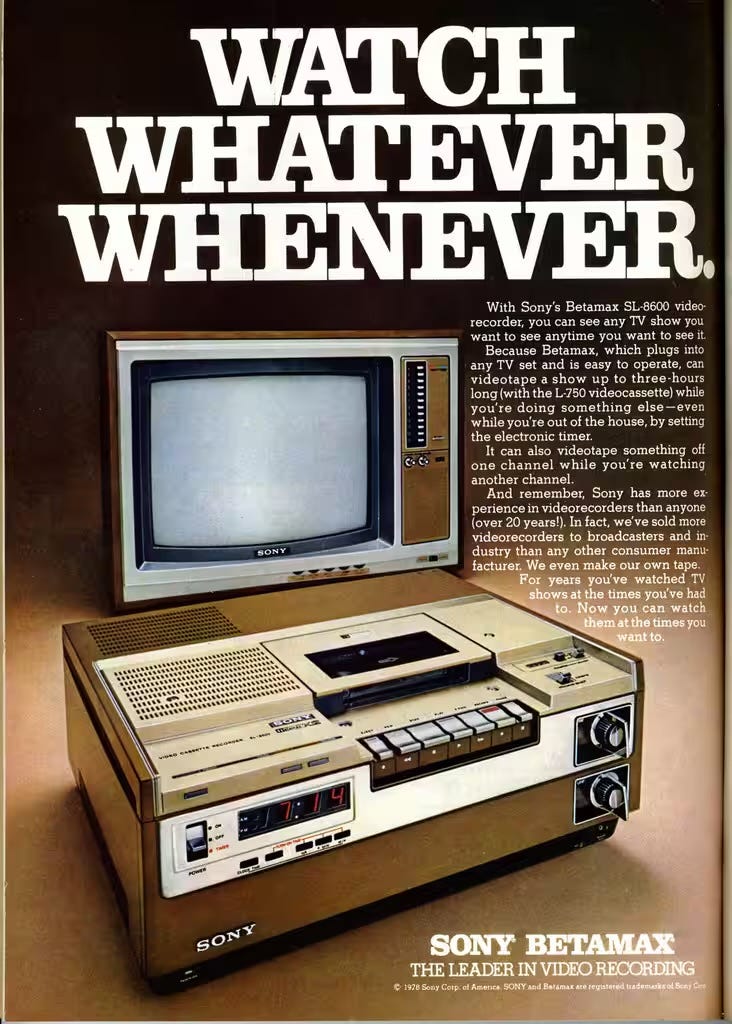I think we’re alone now.
Loneliness and the 1980s: An Exploration of a Decade Defined by Isolation.
Since it’s my birthday this week, I wanted to write a little something about the decade I was born in.
The 1980s, often regarded as a vibrant and transformative era, was not without its dark underbelly. Beneath the neon lights, bold fashion choices, and the rise of pop culture icons, there existed a pervasive sense of loneliness that permeated the lives of many individuals. This essay seeks to delve into the various facets of loneliness during the 1980s, examining its causes, manifestations, and the cultural context that shaped it.
The 1980s marked a significant shift in the structure of American society. The breakdown of traditional family units, driven in part by increased divorce rates, dual-income households, and a rise in single-parent families, left many people feeling disconnected from their support systems. The pursuit of personal and professional success often led to isolation, as individuals were compelled to prioritize their careers over social connections.
This was also a decade of technological advancements, with the proliferation of personal computers and the emergence of the Internet. While these innovations promised to bring people closer together, they had the unintended consequence of exacerbating loneliness. The computer age ushered in an era of increasing screen time, as people spent more time in front of their monitors, connecting with machines rather than humans. The isolation of staring at a screen, communicating via chat rooms or email, added a new dimension to the experience of loneliness.
Urbanization was another key factor contributing to loneliness in the 1980s. As more people moved to cities in pursuit of better job opportunities, they often found themselves in crowded and impersonal environments. The sense of anonymity in a bustling city could intensify feelings of isolation. The fast-paced, competitive nature of urban life left many feeling disconnected from their fellow city dwellers.
Cultural factors also played a role in the loneliness of the 1980s. The decade was marked by the emergence of the "Me Generation," characterized by self-centeredness and individualism. While this shift in values led to personal growth and empowerment for some, it also fueled a sense of disconnection from the broader community. The pursuit of one's own desires often came at the expense of building deep and meaningful social bonds.
The artistic expressions of the 1980s often reflected the loneliness and alienation of the era. In music, artists like The Smiths and Joy Division sang about isolation and despair. In the visual arts, the works of artists like Jean-Michel Basquiat and Keith Haring captured the mood of urban loneliness and fragmentation. These creative expressions resonated with many, serving as a form of catharsis for those who felt adrift in a rapidly changing world.
One of the most tragic and poignant manifestations of loneliness in the 1980s was the AIDS epidemic. The virus disproportionately affected the gay community, leading to widespread fear, discrimination, and stigmatization. Many individuals living with HIV/AIDS faced not only the physical toll of the disease but also profound social isolation as they were often rejected by friends and family due to misconceptions about the virus.
While loneliness was a prevailing theme of the 1980s, it also spurred a range of coping mechanisms. Support groups, both online and offline, began to emerge as places for individuals to connect with others who shared similar experiences. People turned to self-help books and therapy to navigate their loneliness and find ways to reestablish meaningful connections. The advent of talk shows like The Oprah Winfrey Show provided a platform for discussions on personal struggles and emotional well-being, further encouraging dialogue about loneliness.
The 1980s, often celebrated for its exuberant culture and technological advancements, was a period marked by loneliness in various forms. The breakdown of traditional social structures, the rise of technology, urbanization, cultural shifts, and the AIDS epidemic all contributed to a sense of isolation that affected many individuals. Yet, the 1980s also saw the emergence of coping mechanisms and the beginnings of a broader societal conversation about loneliness, providing a glimmer of hope and connection in an era defined by isolation. Understanding the loneliness of the 1980s helps us appreciate the complex interplay between social, technological, and cultural factors that continue to shape our experiences of isolation and connection today.








🕹️📺☎️🎞️
May your birthday be a celebration not only of another year around the sun but also of the connections, reflections, and insights that shape your journey. Happy birthday!